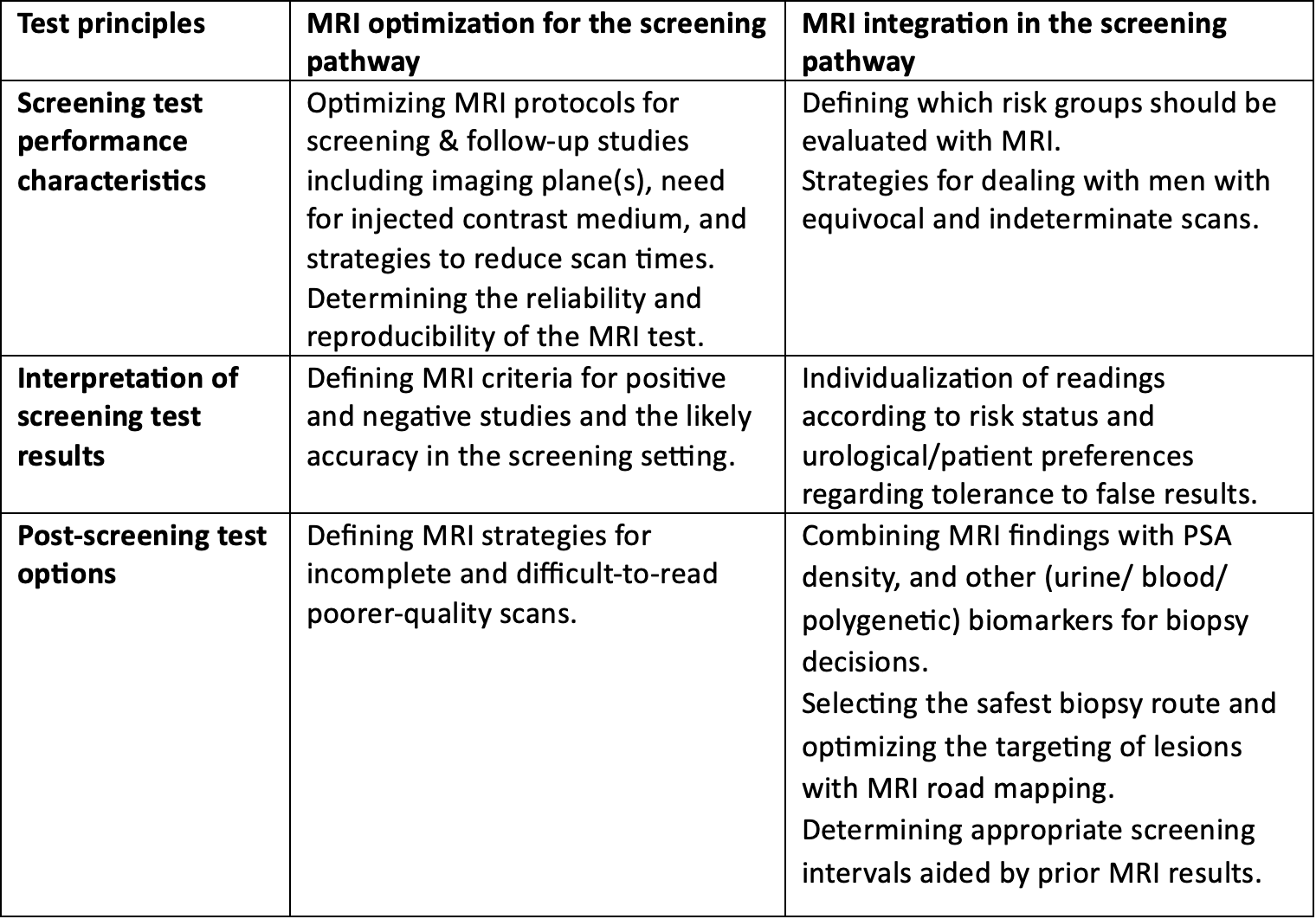Prostate cancer is a leading cause of male cancer-related deaths worldwide, with over one million new cases diagnosed each year. Most deaths occurring in the first decade after detection are due to late diagnoses of high-risk states. Early detection is crucial for improving outcomes, and MRI has emerged as a promising tool for detecting prostate cancer at an early stage.
However, currently, there are no widely accepted guidelines for using MRI in population-based screening programs. Several expert groups have recommended using prostate MRI in secondary care cancer detection. The European Association of Urology (EAU) recommends using prostate MRI as a triage test before a biopsy in men suspected of having clinically significant prostate cancer. The American Urological Association (AUA) also recommends considering prostate MRI before biopsy in men with elevated PSA levels or abnormal digital rectal examination findings.
Using MRI in prostate cancer screening after PSA preselection has several advantages, including its ability to detect high-risk cancers while reducing the need for biopsies and associated harm. This is because MRI can provide detailed images of the prostate gland, allowing healthcare providers to identify suspicious areas that may require further investigation.
The authors provide recommendations on the steps needed for test optimization and post-screening testing options (Table). Abbreviated fast MRI protocols with revised interpretation criteria and optimizing readings (with image quality checks and radiologist certification aided by deep-learning computer-aided software) are recommended. Furthermore, MRI needs to be integrated into a multistep diagnostic pathway supported by a quality-assured and cost-effective infrastructure that ensures community-wide access to imaging.
However, patients should be educated about the potential benefits and limitations of using MRI in prostate cancer screening. While MRI can help detect prostate cancer at an early stage, it may miss some cancers and lead to unnecessary biopsies.
Additionally, there are challenges associated with implementing MRI in population-based screening programs, including the logistics of performing MRI scans at a large scale, on expensive MRI equipment, and the need for trained personnel to perform and interpret the scans. Healthcare providers should carefully consider the potential benefits and limitations of using MRI before making any recommendations for its use in primary screening. More scientific studies and policy program effectiveness data are needed to fully understand its potential benefits and limitations.
MRI Optimization and Integration in Prostate Cancer Screening Programs
- Anwar R. Padhani, MBBS, FRCP, FRCR Consultant, Paul Strickland Scanner Centre, Mount Vernon Cancer Centre, Northwood, United Kingdom
- Ivo G. Schoots, MD, Department of Radiology and Nuclear Medicine, Erasmus University Medical Center, Rotterdam, The Netherlands, Department of Radiology, Netherlands Cancer Institute, Amsterdam, The Netherlands


